Introduction
For many wine lovers, reading a wine label can feel like deciphering a secret code. Napa Valley wines, known for their excellence and diversity, often feature detailed labels filled with key information about the bottle’s origin, grape variety, and quality. Understanding how to read a wine label is essential for making informed purchases and fully appreciating the craftsmanship behind each bottle.
Key Components of a Wine Label
Most Napa Valley wine labels include the following essential details:
- Producer Name: The winery or brand responsible for making the wine.
- Varietal (Grape Type): Indicates the dominant grape used in the wine (e.g., Cabernet Sauvignon, Chardonnay, Merlot).
- Appellation (AVA – American Viticultural Area): Specifies the geographic region where the grapes were grown, such as Napa Valley or specific sub-appellations like Stags Leap District.
- Vintage Year: The year the grapes were harvested, which influences flavor and aging potential.
- Alcohol by Volume (ABV): Typically ranging from 12% to 16%, indicating the wine’s strength.
- Winemaker Notes or Tasting Descriptions: Some labels include brief descriptions of the wine’s flavor profile and suggested pairings.
- Estate Bottled: This means the winery grew, harvested, fermented, and bottled the wine on-site.
Decoding Napa Valley Wine Classifications
Napa Valley wines can be classified into different categories based on their production methods and labeling terms:
- Single Vineyard Wines: These wines are made from grapes grown in a single vineyard, offering a unique expression of terroir.
- Reserve Wines: While not a legally defined term in the U.S., “Reserve” often signifies a higher-quality wine selected by the winemaker.
- Proprietary Blends: Wines labeled with unique names rather than grape varietals, often featuring a mix of multiple grape varieties.
- Organic & Biodynamic Wines: Indicated by certifications like USDA Organic or Demeter Biodynamic, these wines are made with minimal chemical intervention.
Why Wine Labels Matter
Understanding wine labels helps consumers:
- Choose wines that match their taste preferences.
- Determine a wine’s aging potential.
- Identify wines from specific regions or wineries they enjoy.
- Make informed decisions when investing in wines.
Conclusion
Reading and understanding a Napa Valley wine label allows you to appreciate the details behind each bottle. Whether you’re selecting a wine for a special occasion or building your collection, knowing how to interpret the label ensures a more enjoyable and informed wine experience.

